How Lana Del Rey Found Internet Fame on YouTube in 2011
With YouTube growing fast in 2011, struggling musician Lizzy Grant decided to re-launch her career with a new name and image, new social media accounts, and a self-made video.
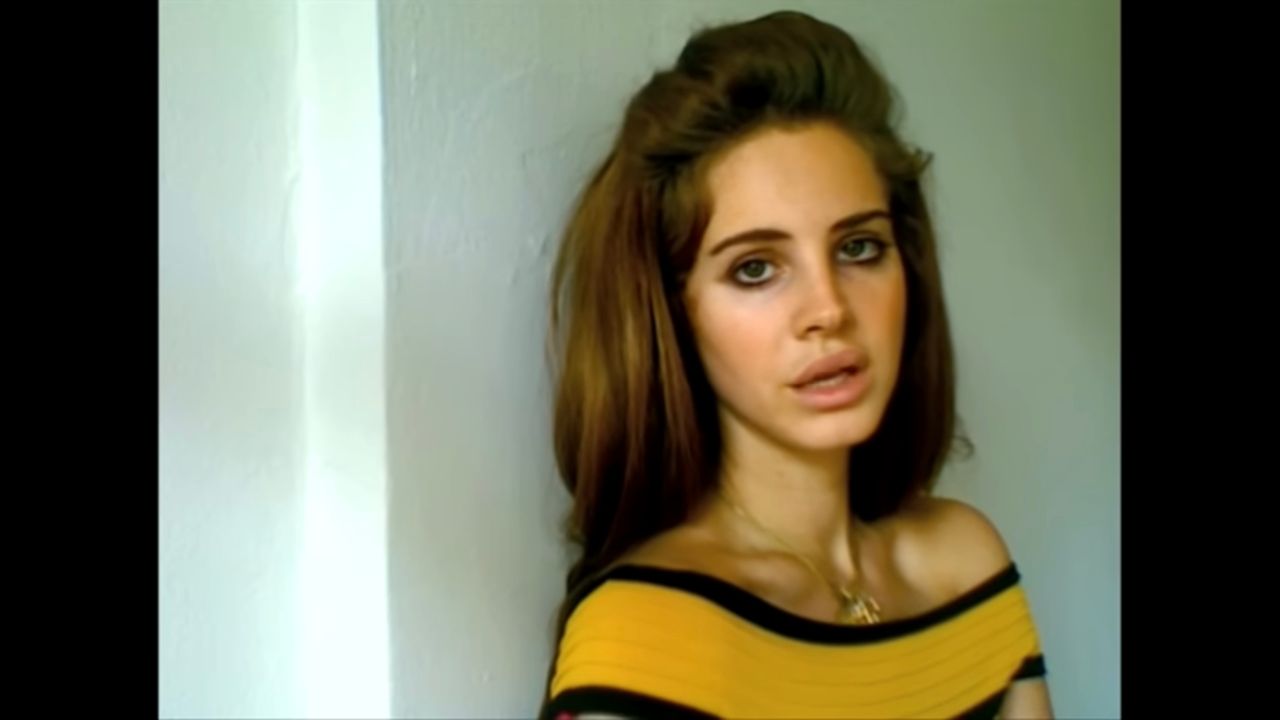
On May 5, 2011, a little known musician named Lana Del Rey posted a video for her song Video Games to YouTube, describing it as "Hollywood Sad Core" and "Gangster Nancy Sinatra." It featured Del Rey lipsyncing into a webcam, interspersed with cultural footage presumably found on the internet. Within ten days, the video had gotten a respectable — but not in any way viral — 7,433 views and 96 likes, and 2 dislikes. There were 21 comments, including a few questioning the authenticity of her lips. Another asked: “Anybody know where i can get this for my Ipod? Can't find it anywhere.”
That commenter couldn’t find the song because it hadn’t yet been released as a single. Over the next few months, Video Games was deleted and re-uploaded a couple of times — in the third and final version, uploaded on August 19, bits of copyrighted footage had been removed. Around September 24, this version of the video achieved the million-views milestone. By the end of October, when Del Rey had released her single and gotten write-ups from MTV, Pitchfork, Stereogum, and other music websites, the video was approaching 3.8 million views and had 19,000 likes.
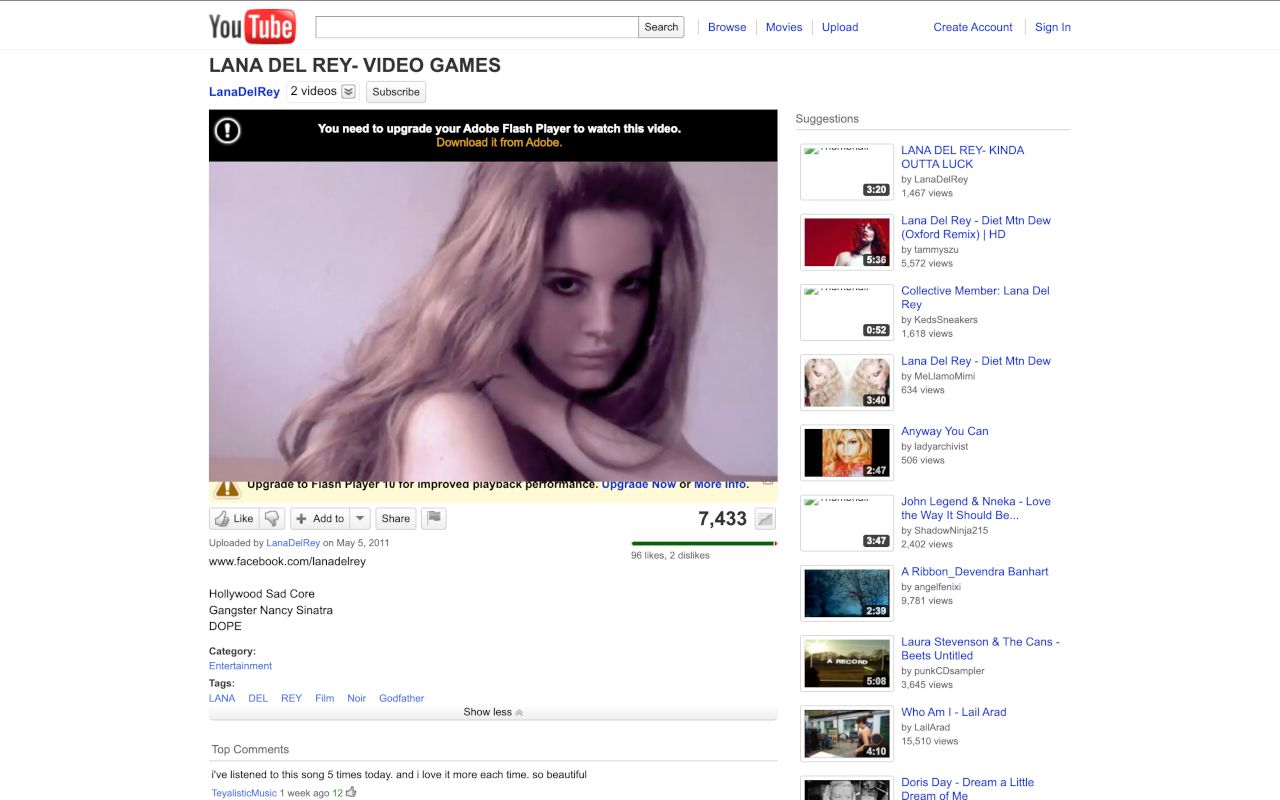
But even then, what Del Rey achieved was small potatoes compared to the truly viral YouTube sensations of that year. On my old tech blog, ReadWriteWeb (RWW), we used to do a monthly update of the top 10 YouTube videos of all time (confession: this article was a rare SEO goldmine for us, so we kept updating it every month!). The number 1 video at the end of October 2011 was Justin Bieber’s Baby, which was approaching a staggering 650 million views. In second place was Del Rey’s future rival, Lady Gaga, whose Bad Romance video had been viewed nearly 424 million times. A Jennifer Lopez / Pitbull combo, On The Floor, was third with 417 million. In fact, all but two of the top 10 YouTube videos of all time were music videos (Bieber and Eminem alone had half of them).
As the culture website Vulture put it in a September 2011 profile, Del Rey had gone “MP3-blog viral (meaning not that viral)” in August. Vulture characterised her breakthrough as “Internet fame,” rather than the level of fame enjoyed by Bieber and Lady Gaga. Remember, this was a time when the internet was still not entirely mainstream, so “internet fame” typically meant getting a million or two views on YouTube or other social media.
As I write this today, Video Games has 358 million views, and Del Rey’s most-viewed video is Young and Beautiful with 671 million views. So she eventually joined the ranks of the ultra-viral on YouTube (let’s ignore the fact that Bieber’s Baby now has 3.3 billion views!).
The Path to Virality
It’s hard now to pinpoint exactly how Video Games went semi-viral, but it probably was MP3 blogs (the term at the time for music-focused blogs) that started the process. The earliest mainstream attention seems to have been an MTV Style article on 15 July 2011, with the evocative headline “Singer Lana Del Rey's Vintage Style Is So Gangster Nancy Sinatra.”
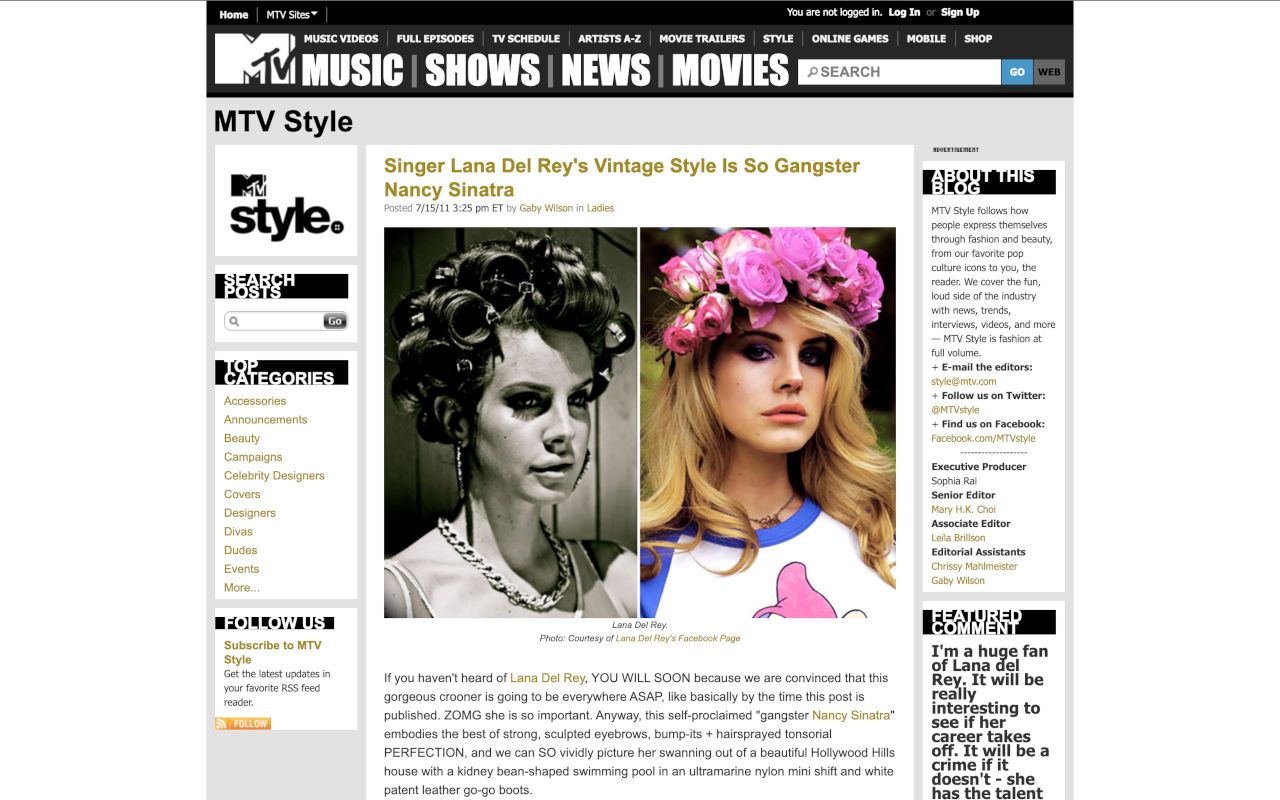
MTV credits an article on the website Complex.com dated 14 July as inspiration. Complex had discussed the Video Games video, including posting a screenshot of a tweet dated 3 July from the actual Nancy Sinatra — which may have given the video its first real boost.

By the start of August, Del Rey had garnered enough attention from music bloggers to get a review in the most mainstream music blog of the day, Pitchfork. Its review of Video Games published on 2 August 2011 is favourable, although it’s clear that the Nancy Sinatra shtick has already worn thin:
“So even if I really wish she hadn't taken it there with this whole "gangsta Nancy Sinatra" thing, at the very least she's prevented it from being used by someone unworthy of our attention.”
In an email interview later in the month, Pitchfork’s Ryan Dombal describes Lana as “old-school Hollywood glamor meets splice-friendly YouTube culture.” That article too is relatively positive (I mention this only because Pitchfork had a reputation for harsh critiques, so Del Rey avoided that fate).
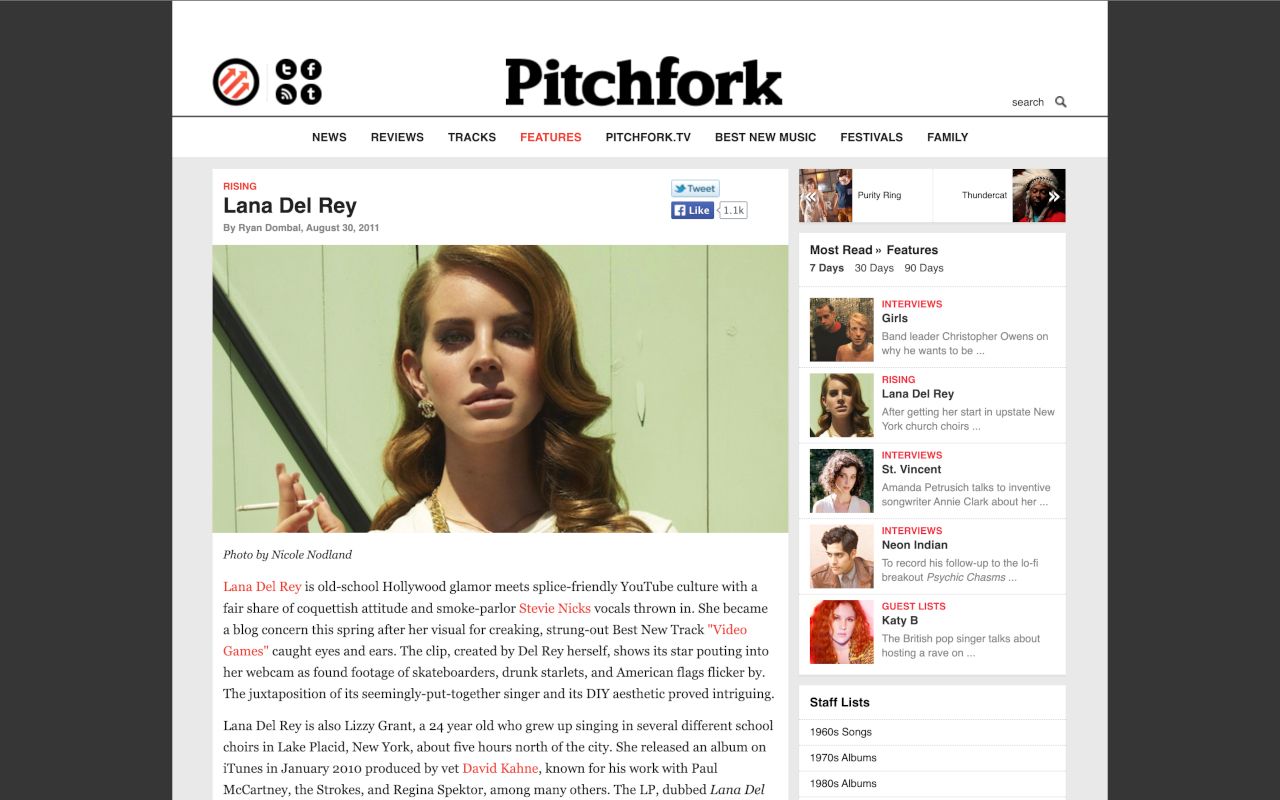
If August was the tipping point for Del Rey, the intrigue around her only grew in September. Early in the month, Britain’s The Observer had a perceptive article, which began:
“We crave a popstar who is authentic, who thrives because of their talent, not PR. So when you stumble across someone like Lana Del Rey – her popularity apparently born online and growing per YouTube click – it's hard not to be sceptical as to whether she's actually too good to be true.”
Despite this initial skepticism, the writer — Rosie Swash — eventually concluded that Del Rey “feels like the embodiment of genuine star quality.”
However, it wasn’t long before the dark side of the internet noticed Del Rey. On 13 September an anonymous blogger named Carles “exposed” Lana as Lizzy Grant (which was hardly a scandalous story, since she had never hid her previous identity) and claimed that she was “a failed mainstream artist who is being 'rebranded' behind major label dollars.” It was a ridiculous post and exhibited the cruelty typical of tabloid blogs of that era — and with the blogger being anonymous, it was cowardly to boot. Nevertheless, the post created a stir in the blogosphere, which gave even more momentum to Del Rey’s growing internet fame.
Also in September, Del Rey released another self-made video to YouTube: Blue Jeans. It prompted The Huffington Post to write that Del Rey was “making a good case for herself to be our next deep-voiced, soul darling.”
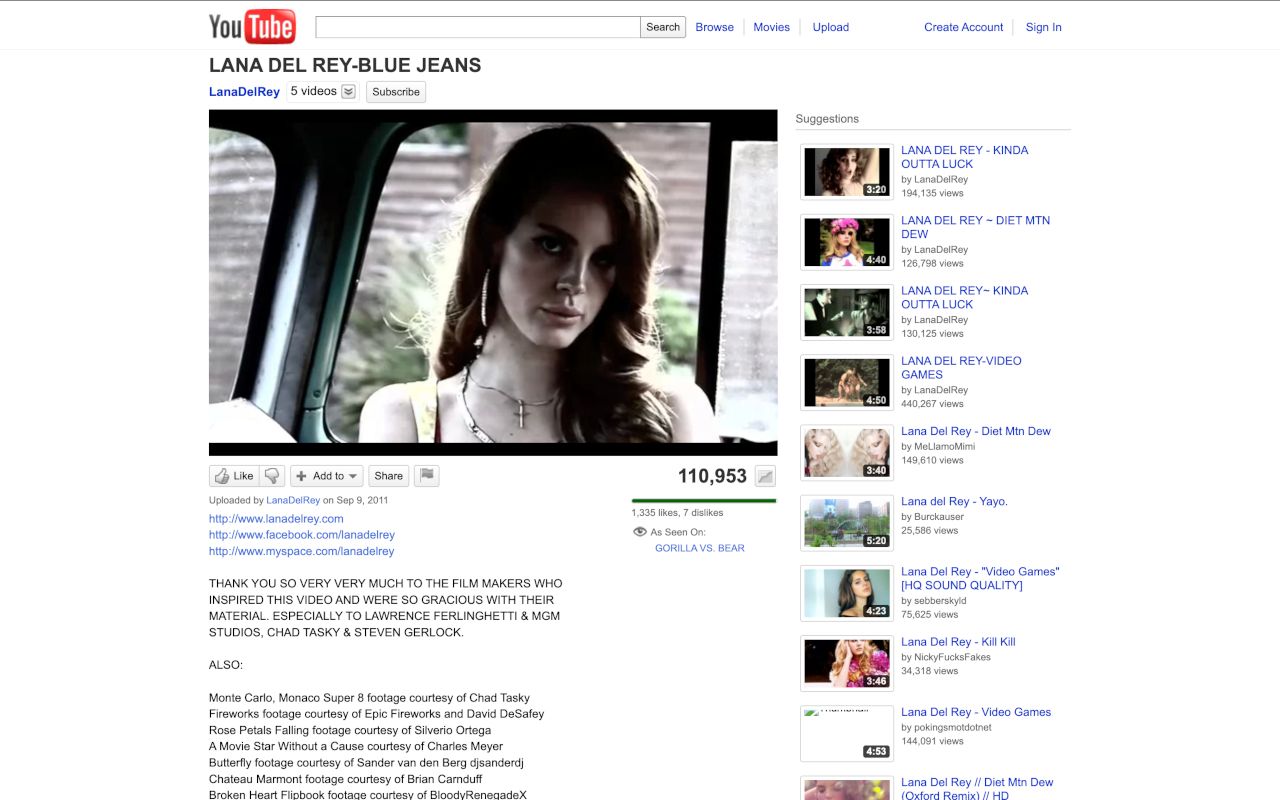
In October, more music websites profiled Del Rey. The Quietus asked about her noir tendencies and David Lynch fandom, and also the “character” of Lana Del Rey. “‘Lana’ and ‘Lizzy’ are the same person,” she replied to the latter question. “I wish I could escape into some alter-ego, just so I could feel more comfortable onstage, but I feel the same as Lana as I do Lizzy.”
Also in October, she began getting more mainstream media attention. She featured on the British tv show Live With Jools Holland and won a “Next Big Thing” award at the Q awards. On 28 October, she signed a joint record deal with Interscope Records and Polydor, for what would become her 2012 album Born to Die.
Note: some of the above timeline came from Stereogum’s One Year Of Lana Del Rey: A Retrospective, published at the end of June 2012.
From Lizzy to Lana
What’s fascinating about Lana Del Rey’s breakthrough in 2011 isn’t necessarily that it occurred on YouTube, but that she had been trying all kinds of different social web channels prior to Video Games. And most of the time, she didn’t use either her real name (Elizabeth Grant) or her then stage name (Lizzy Grant).
For a start, she had several other YouTube aliases. According to an article on LanaBoards (a Lana-focused discussion board that began in 2012), Del Rey had YouTube accounts under the following usernames prior to adopting her new stage name: UhaulJoe, taylor secman, DiamondsAreForever11, ShadesRule, MsSaintTropez.
While she did use the name Lizzy Grant on MySpace, she also had several other accounts and/or usernames: therichwhores, mayjailer, mostawesome1, celestialjukebox, surfnoir, sparklejumpropequeen.
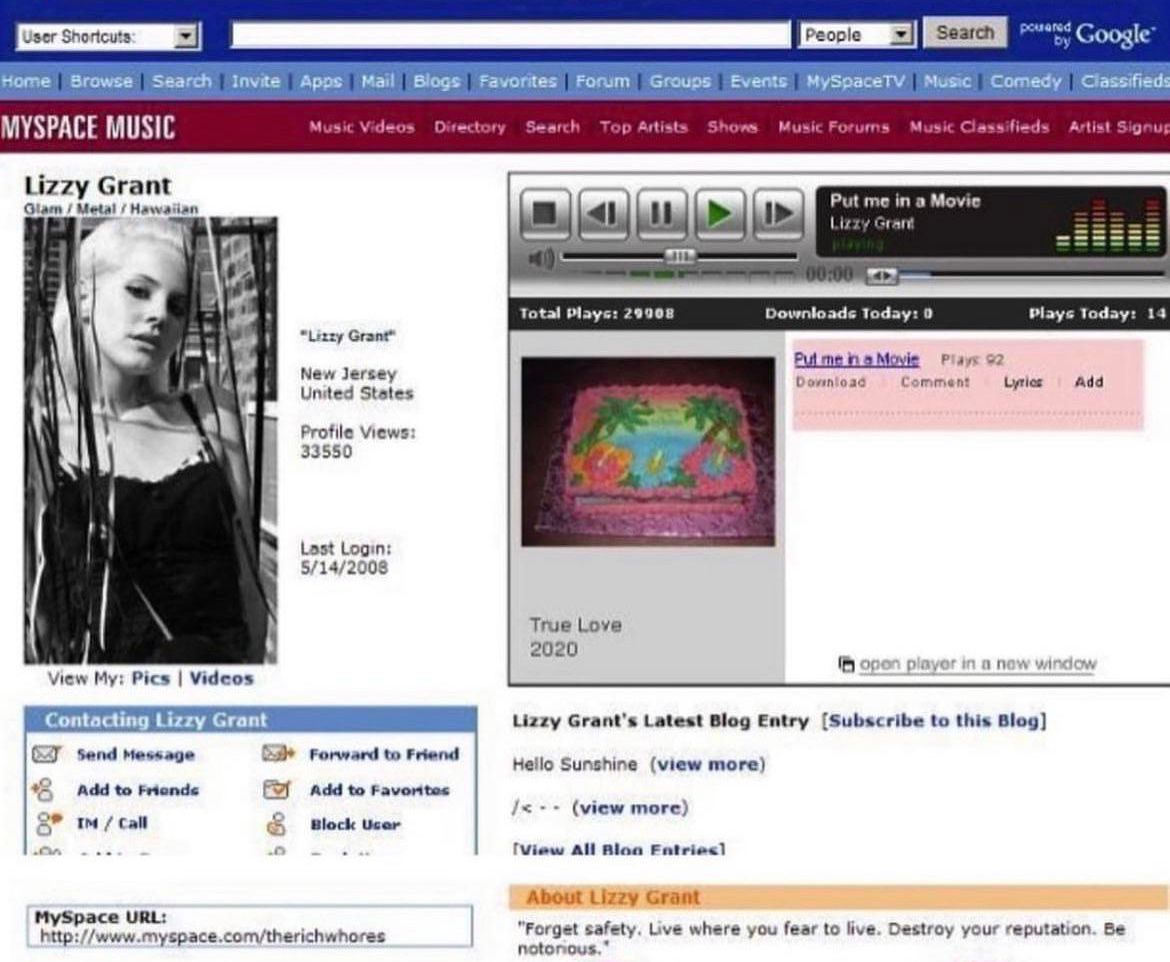
Her first album, entitled “Lana Del Ray” (spelt Ray, not Rey), was released in January 2010. But the artist's name was never settled for this project — it was variously Lana Del Ray, Lizzy Grant, and even "Lana Del Ray A.K.A. Lizzy Grant." Shortly after, she decided to change her name once and for all to Lana Del Rey. In a June 2010 interview, she admits that the name “came from a series of managers and lawyers over the last 5 years who wanted a name that they thought better fit the sound of the music.”
By May 2011, she had begun using her new name on social media. As well as starting a new YouTube channel in May, at about the same time she changed her Facebook username from “MafiosiPrincess” to Lana Del Rey, and began posting as Lana on Twitter, Tumblr, Soundcloud, and other services.
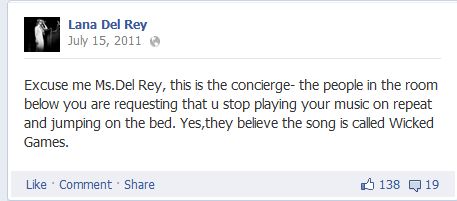
Incidentally, also in May 2011, YouTube launched a music video chart called the YouTube 100. In my RWW writeup, I noted that it wasn’t that different to other online music charts of the time, such as Ultimate Chart, MTV's Music Meter, and We Are Hunted. The initial top 10 list featured the usual suspects: Jennifer Lopez, Lady Gaga, Bruno Mars…although strangely, no Justin Bieber.
There wasn’t really any UGC (user-generated content) in the top 10, although Rebecca Black could be called the first “YouTuber” musician to go viral. She was a 13-year old singer whose song Friday was released on YouTube in February 2011. It went viral the following month and was vilified by music media and Twitter users alike. By the end of 2011, it was the year's most viewed video on YouTube.
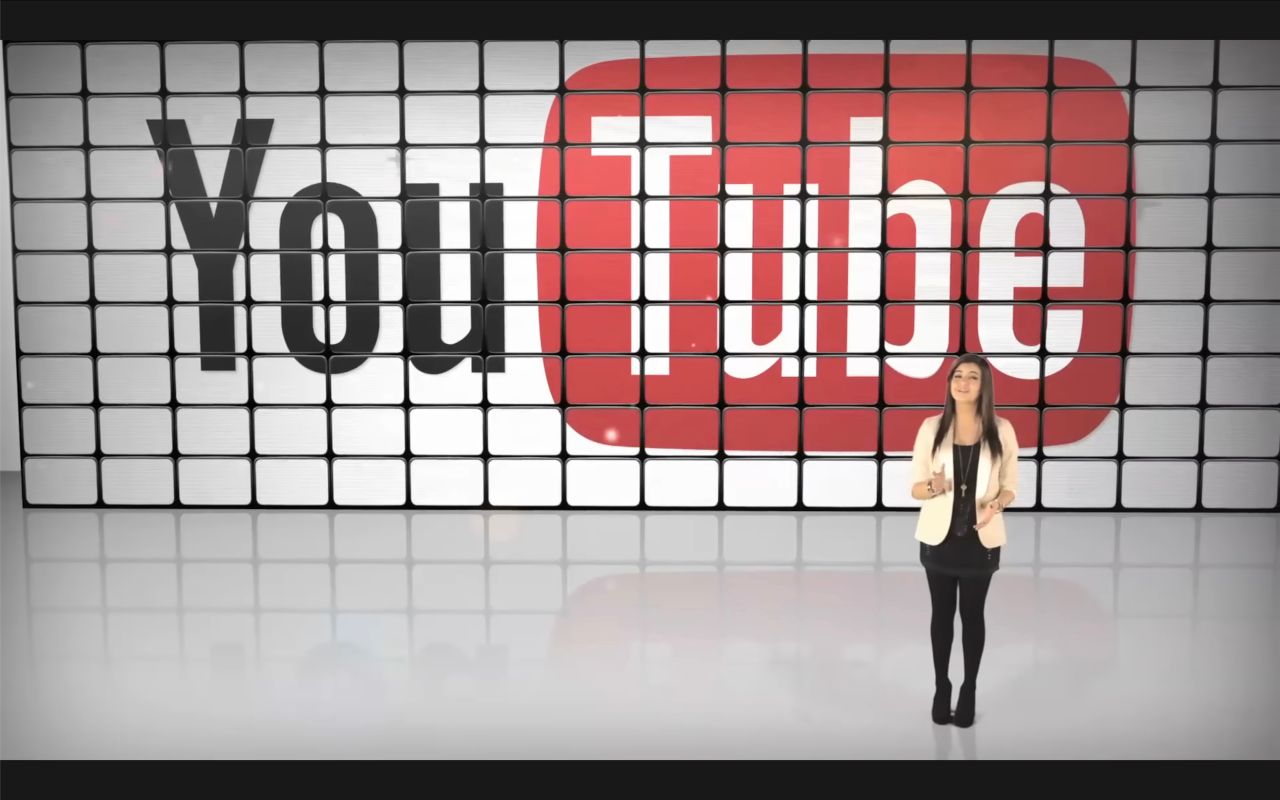
May 2011 also represented the 6th birthday of YouTube’s launch. In a blog post, YouTube trumpeted its recent growth: “more than 48 hours (two days worth) of video are uploaded to the site every minute, a 37% increase over the last six months and 100% over last year.” Viewing figures were also way up, with YouTube now receiving more than 3 billion views a day, “a 50% increase over last year.”
Interestingly, Lady Gaga released her third studio album, Born This Way, on 23 May 2011 — just a couple of weeks after Del Rey quietly uploaded Video Games onto YouTube (not that Gaga would’ve known). To YouTube’s delight, Gaga put her entire album onto the site as a playlist that month. That certainly would’ve helped YouTube’s traffic growth, since she had been the first artist to reach 1 billion views on YouTube in October 2010, beating out Justin Bieber.
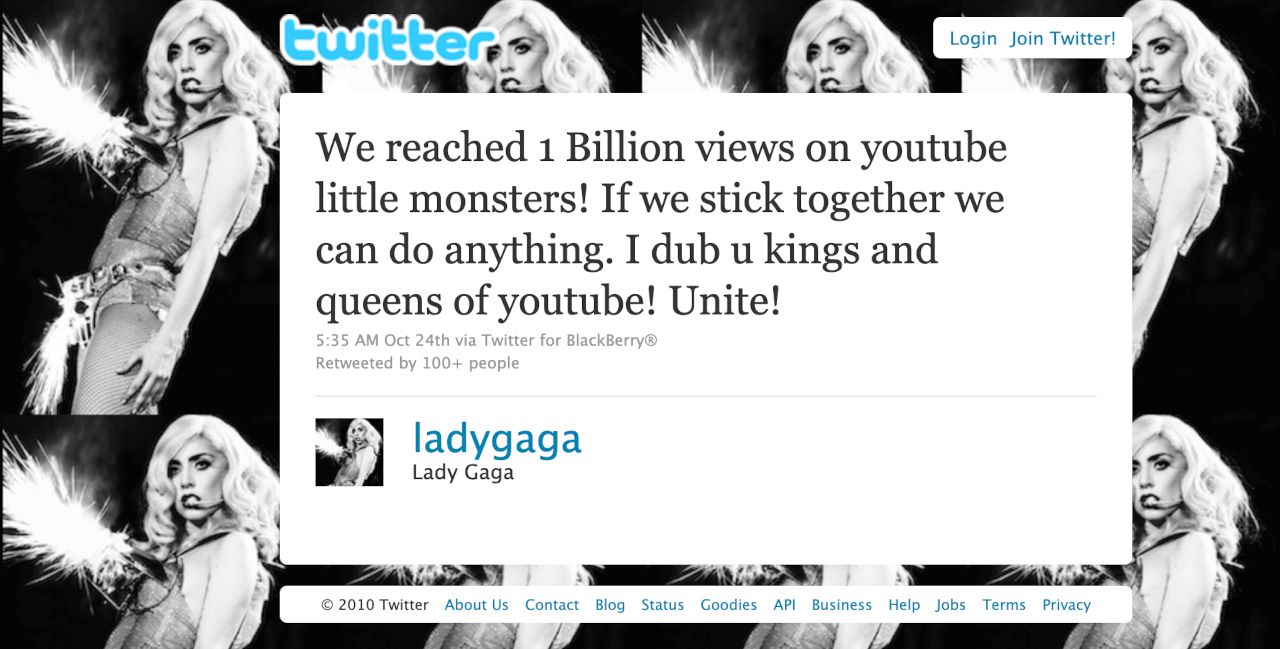
This is all to say: YouTube enjoyed a symbiotic relationship with major pop stars like Gaga, but Del Rey proved it could also be a viable platform for relatively unknown artists too.
It took less than four months after her YouTube debut for Lana Del Rey to complete her identity transition. Up until early September 2011, her website (lizzygrant.com) had been redirecting to her MySpace page. But then she began pointing visitors to a new website: lanadelrey.com. The new site initially featured the Video Games video and had pre-order links for the single, along with links to social media accounts (all now official Lana Del Rey usernames).
So by this point, Lizzy Grant was no more — both on-stage and online.
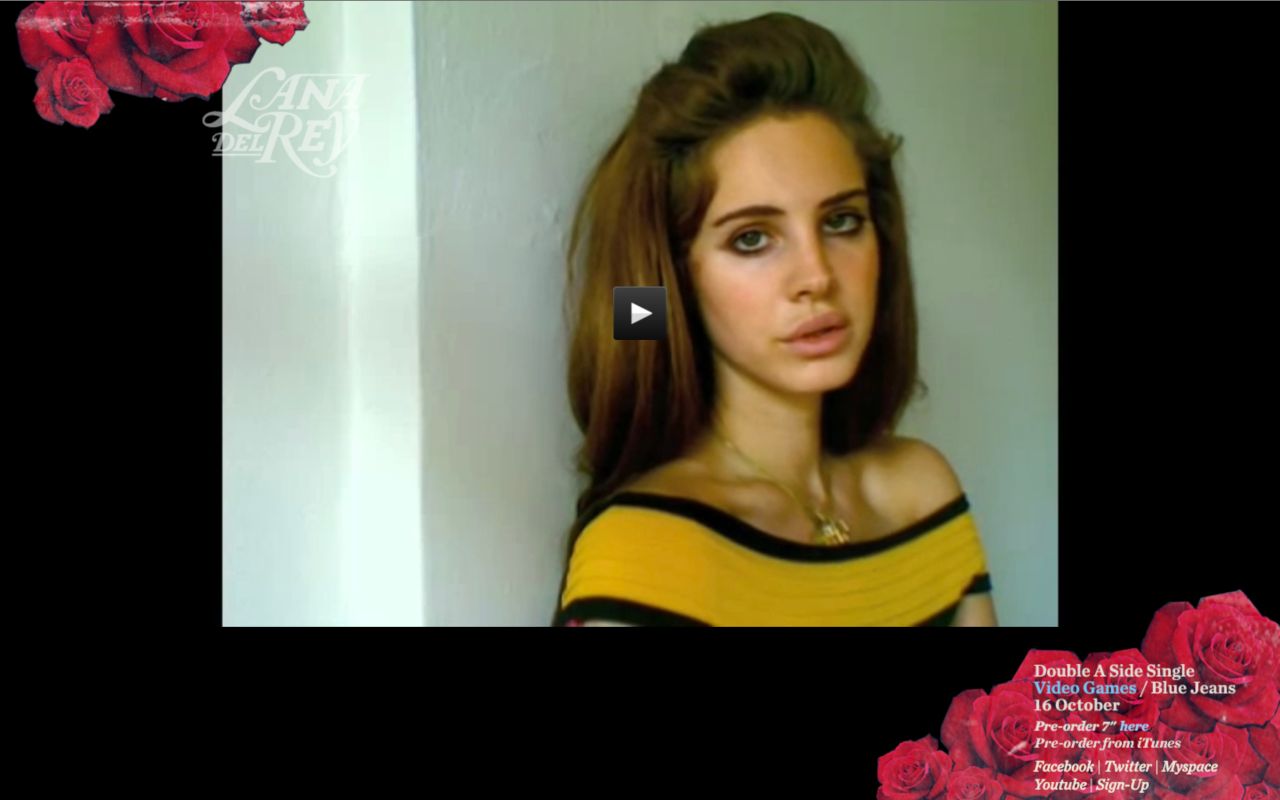
A Star is Born (On the Internet)
By the end of 2011, Lana Del Rey was a bona-fide pop star. Her rapid rise at age 25/26, after years in the wilderness as a struggling musician, prompted think pieces like this from The Observer:
“The internet has allowed figures like her to come rapidly to the fore of the cultural landscape, whether or not their emergence is planned by a record executive or happens spontaneously from someone's bedroom. It has speeded up the fame cycle.”
A big part of the controversy around Del Rey’s rise to fame was the fact that she’d invented a new persona in her mid-twenties. But how different was that to what David Bowie did back in the early 1970s? Bowie’s breakthrough was the Ziggy Stardust album, released in 1972 when he was 25 years old. Before then he’d tried a slew of different personas, including cheeky chappie on his 1967 self-titled debut album, spaced-out hippy on 1969's Space Oddity, and heavy metal rocker on 1970's The Man Who Sold the World. Not to mention that “David Bowie” was an invented name (he was born David Jones).
What is different, of course, is that Lana Del Rey’s rise came during the social web era, when blogs were at their peak and when social media services like YouTube and Twitter were becoming ascendent. Much of her success can be attributed to that initial 2011 internet fame, but there was nothing fleeting (or inauthentic!) about what she achieved in the years following. Like Bowie before her, Lana Del Rey is a true artist — I’d argue one of the defining artists of the digital culture era.
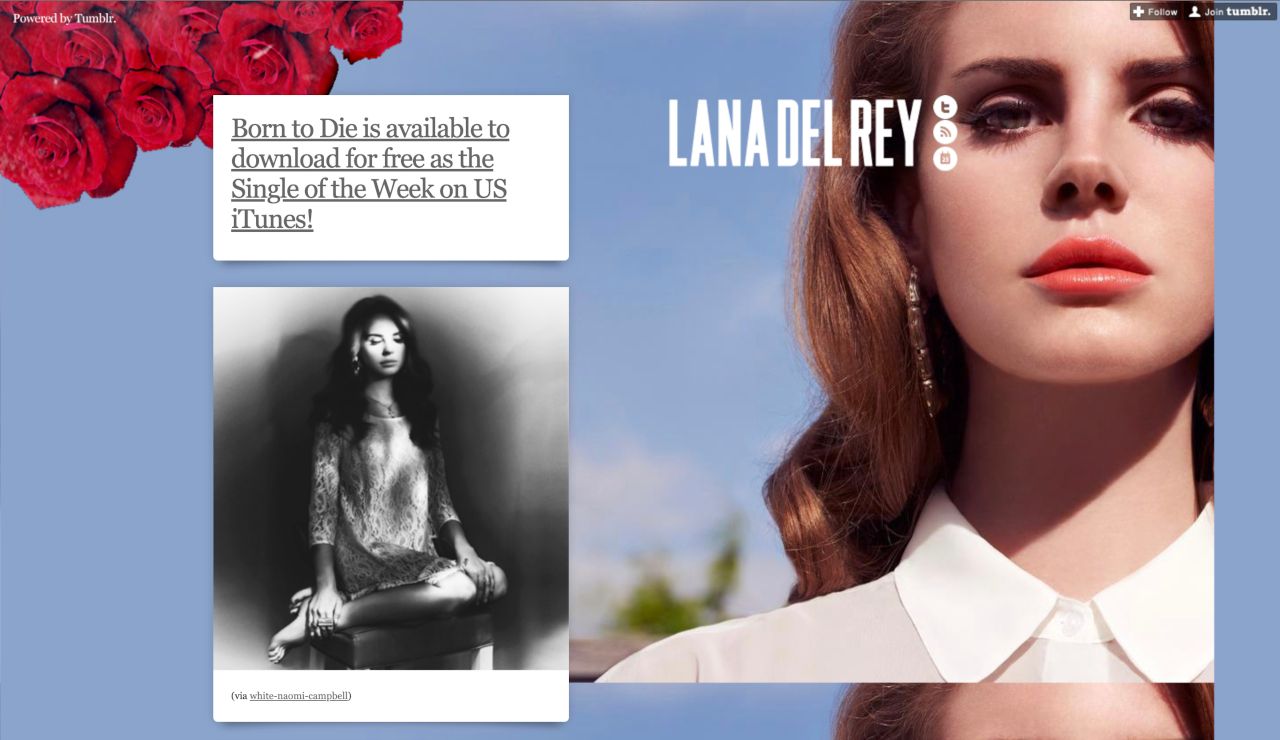
Buy the Book
My Web 2.0 memoir, Bubble Blog: From Outsider to Insider in Silicon Valley's Web 2.0 Revolution, is now available to purchase:
- Paperback, US$19.99: Amazon; Bookshop.org
- eBook, US$9.99: Amazon Kindle Store; Apple Books; Google Play
Or search for "Bubble Blog MacManus" on your local online bookstore.